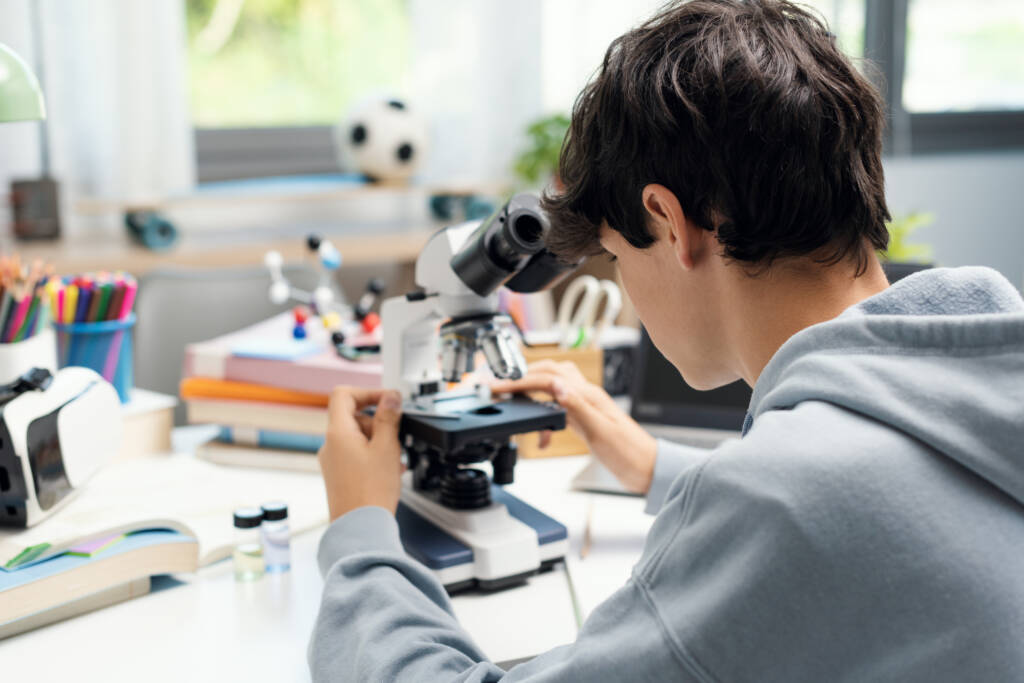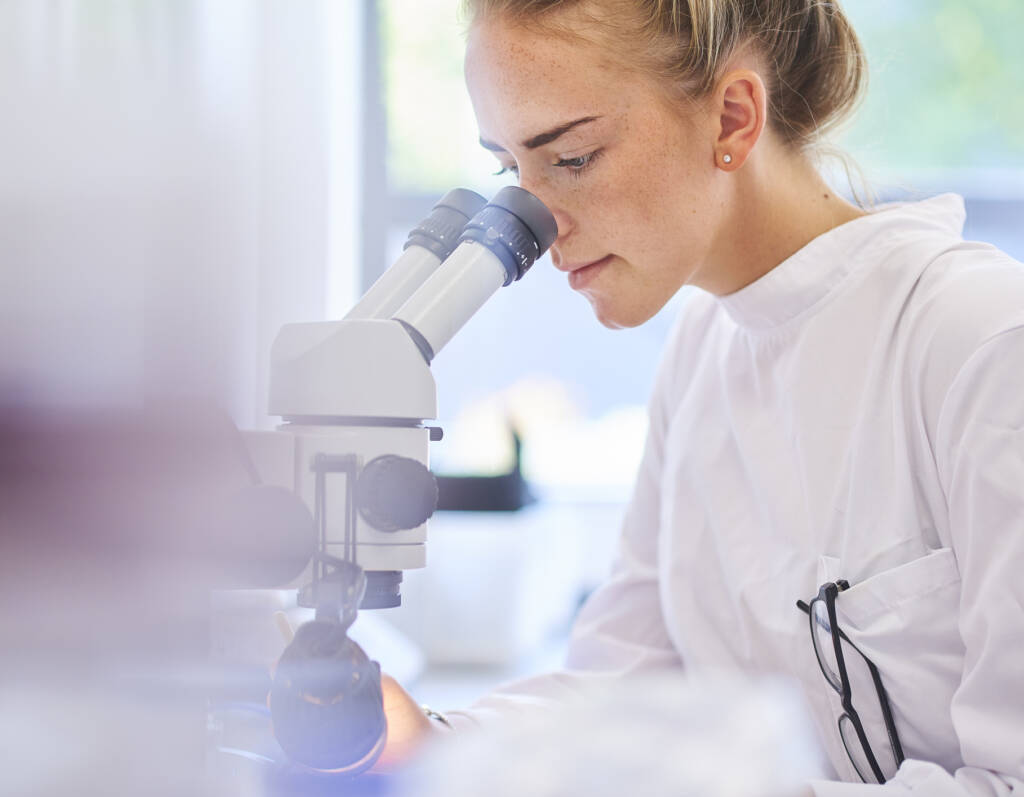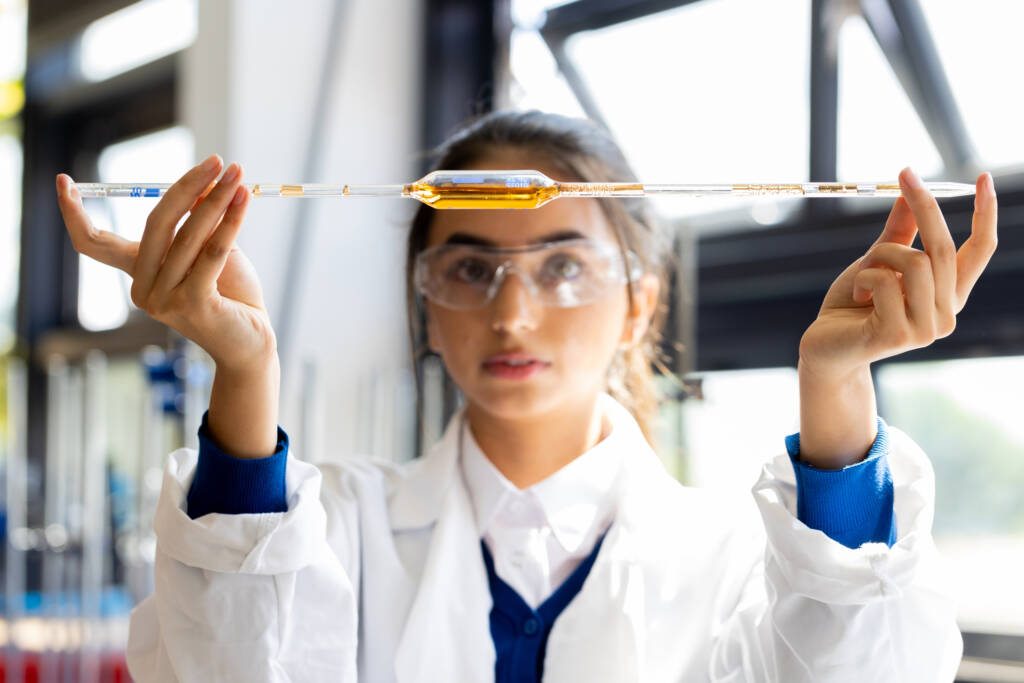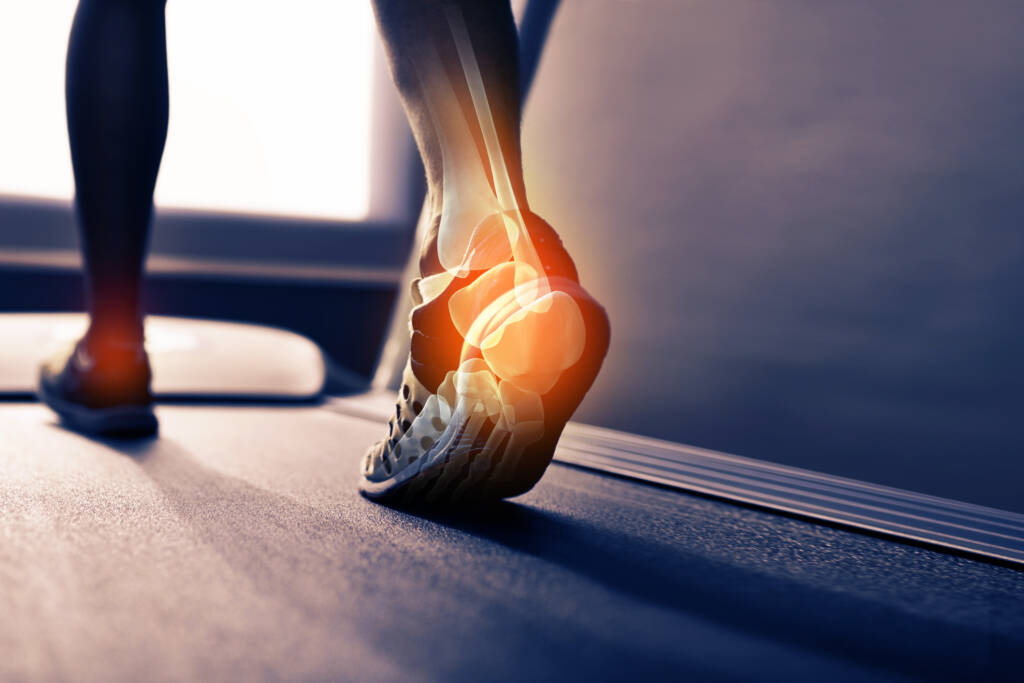
Anatomy and Physiology 1a (lab)

Anatomy and Physiology 1a: Introduction
Increase your understanding of the form and function of the human body! Starting with the relationship between anatomy and physiology, you will then learn about cell structure and its processes. Discover the functions and purposes of the skeletal, muscular, nervous, and cardiovascular systems as well as diseases that affect those systems. Becoming familiar with the terminology of the human body is essential to those pursuing health sciences or wanting to gain a greater sense of how the human body works. This is a lab course.
During this course, you will learn career-related skills and earn a badge for this accomplishment. A badge is a digital certification of your career-related learning that you can share on social media and higher education platforms, or with colleges, potential employers, peers, and colleagues. Select this link to learn more about badges.
Major Topics and Concepts
Unit 1:
- Define and discuss the terms anatomy and physiology and their relationship to one another
- Describe the levels of organization of the human body from simple to complex
- Define and describe the anatomical positions and directional terms used in human anatomy
- Locate and describe the main regions, sections, and cavities of the body
Unit 2:
- Summarize the relationships among homeostasis, control systems, and feedback loops
- Explain the structure and function of typical cells
- Explain mitosis and meiosis: their similarities and differences
- Describe and discuss how damage to one type of cell and/or tissue may impact the function of other cells and tissues
Unit 3:
- Describe the structure and function of bones
- Identify the different types of bones
- Differentiate between the axial and appendicular skeleton
- Classify joints and their specific functions
- Summarize common diseases and disorders of the skeletal system
Unit 4:
- Explain the structure and function of muscles and muscle tissue
- Describe the sliding filament theory
- Interpret the names of various muscles based on Latin terms
- Distinguish between a muscle strain and other muscle injuries
Unit 5:
- Outline the organization and functions of the central and autonomic nervous systems
- Locate and identify the major regions of the brain and describe their functions
- Analyze the basic structure and functions of the cranial nerves, spinal cord, and special sense organs
- Discuss common diseases and disorders of the neurological system
Unit 6:
- Analyze the structure and function of the integumentary systems
- Discuss potential alterations in skin integrity
- Demonstrate the knowledge and skill related to performing effective hand hygiene
- Identify and analyze common diseases and disorders of the integumentary system
Unit 7:
- Distinguish between the various types of blood vessels
- Demonstrate knowledge of the composition of blood
- Identify the different ABO compatibilities
- Describe various disorders and diseases of the blood and its components
Unit 8:
- Describe the structure and function of the heart and circulatory pathways
- Compare and contrast systemic and pulmonary circulation
- Summarize the path for electrical conduction in the heart
- Discuss common diseases and disorders that affect the cardiovascular system
Course Materials
- Home blood pressure monitor, or blood pressure monitor at school nurse, drugstore, etc.
Competencies
Organization of the Human Body
Students will demonstrate an understanding of the organization of the human body by relating anatomy and physiology, describing the levels of organization of the human body, and explaining anatomical positioning.
Body Chemistry
Students will demonstrate an understanding of body chemistry by describing the cell structure, explaining cell function, and explaining the cell cycle.
The Skeletal System
Students will demonstrate an understanding of the skeletal system by describing functions of the skeletal system, explaining the structure of bones, and describing the classification of bones.
The Muscular System
Students will demonstrate an understanding of the muscular system by describing functions of the muscles, explaining types of muscle tissue, and summarizing muscle movement.
The Nervous System
Students will demonstrate an understanding of the nervous system by explaining the functions of the central nervous system, explaining the functions of the autonomic nervous system, and explaining the functions of the senses.
The Integumentary System
Students will demonstrate an understanding of the integumentary system by explaining the structure of the integumentary system, describing the functions of the integumentary system, and explaining the diseases and disorders of the integumentary system.
The Blood System
Students will demonstrate an understanding of the blood system by explaining the elements of blood, describing blood vessel structure, and summarize types of blood illnesses.
Cardiovascular System
Students will demonstrate an understanding of the cardiovascular system by explaining the structure of the heart, explaining the functions of the circulatory system, and describing the diseases and disorders of the cardiovascular system.

